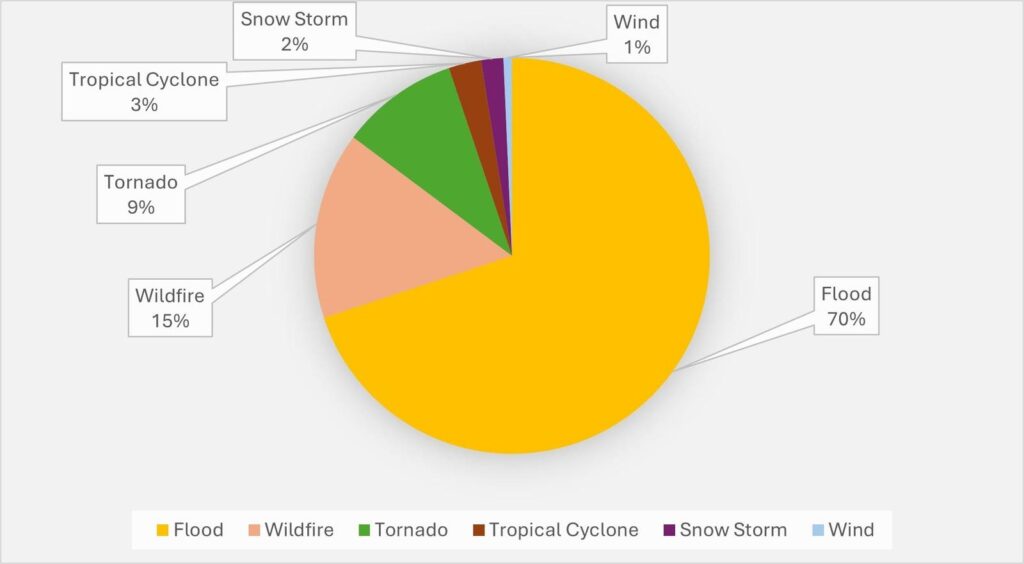
Top Supply Chain Risks to Prepare for in 2025
The world is bracing itself for a significant shift in the supply chain landscape as global mineral scarcity coupled with increasing demand has led to locking up supplies. Companies must be prepared to face numerous challenges that will impact their operations and bottom line.
Firstly, the rise of tariffs and sanctions on critical metals will create difficulties for metal producers. Governments are placing renewed emphasis on the negative environmental and social impacts of mining, presenting a significant challenge for companies in the coming year.
The Russia-Ukraine war has led to restrictions on Russian metal imports by the U.S. and UK, while security concerns and allegations of product dumping have resulted in measures against Chinese metal imports. This environment will make it difficult for companies to source critical materials without compromising their values.
Another key risk is the crackdown on forced labor. The US Customs and Border Protection Agency’s enforcement of the Uyghur Forced Labor Protection Act has led to significant disruptions in supply chains. Under this act, any shipment from Xinjiang is presumed to have used forced labor unless an importer can prove otherwise. This ‘rebuttable presumption’ approach is unique and has had a significant impact on global trade.
The US’s Uyghur Forced Labor Protection Act is not the only legislation aimed at addressing this issue. The EU’s Corporate Sustainability Due Diligence Directive (CS3D) and regulation on Prohibiting Products made with Forced Labor (FLR), Mexico’s Forced Labor Regulation, and Canada’s Fighting Against Forced and Child Labour in Supply Chains Act have all been enacted or proposed.
This increased focus on forced labor will push companies to find alternative suppliers in other low-income countries. However, many of these countries lack adequate laws or enforcement mechanisms, making it difficult for companies to ensure their supply chains are free from forced labor.
Furthermore, the technology exists to detect whether a company’s supply chain includes sub-tier suppliers based in the Uighur region of China. While this tool is not flawless and can have false positives and misses, it remains an essential tool in preventing shipments from being detained under the Uyghur Forced Labor Protection Act.
In conclusion, 2025 will be marked by significant disruptions to global supply chains due to rising regulations, new tariffs, long-term or exclusive contracts, and a renewed focus on addressing forced labor issues. Companies must be prepared for these challenges and develop strategies that prioritize transparency, traceability, and accountability in their supply chains to mitigate the risks associated with these trends.
Note: The original article does not contain a summary of specific companies’ actions and performance; therefore, it does not meet the Forbes editorial standards.
Source: www.forbes.com


